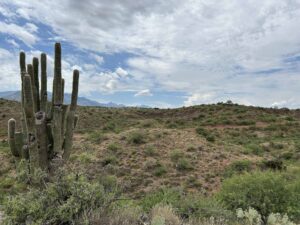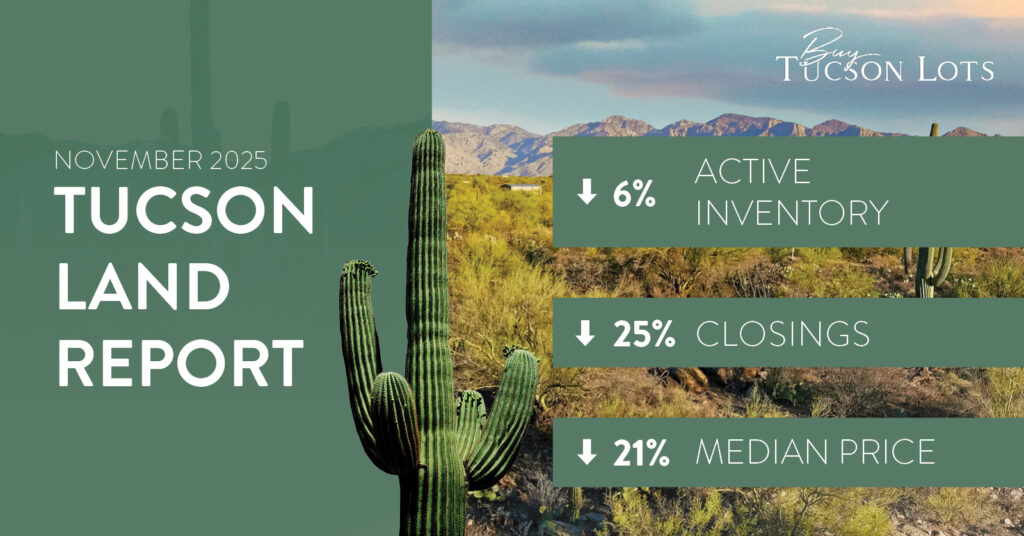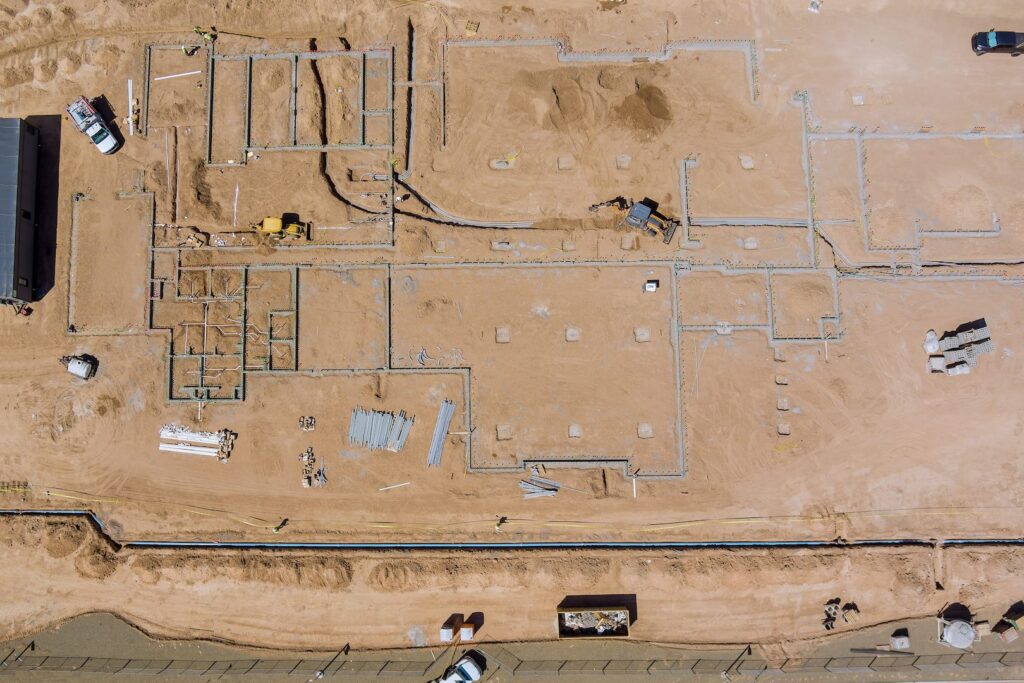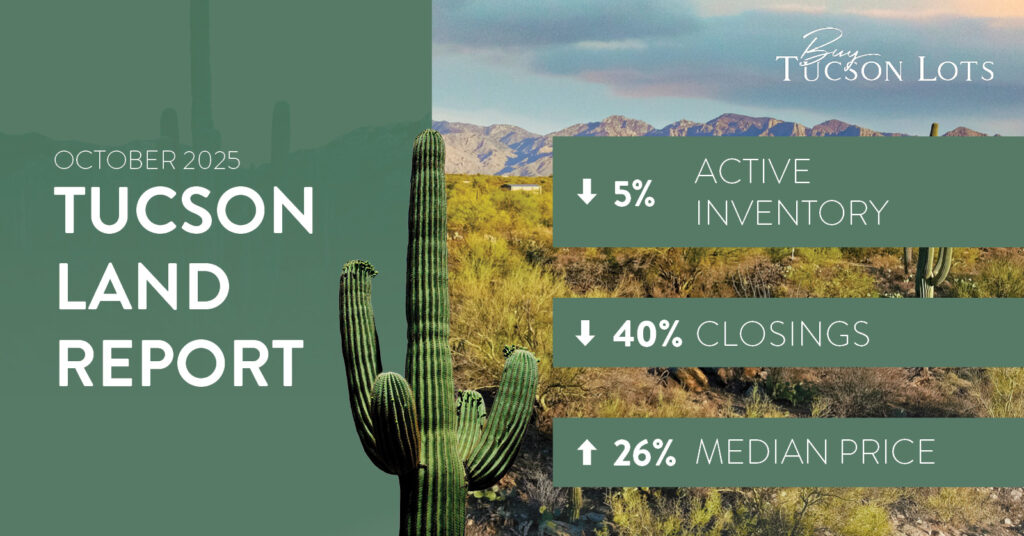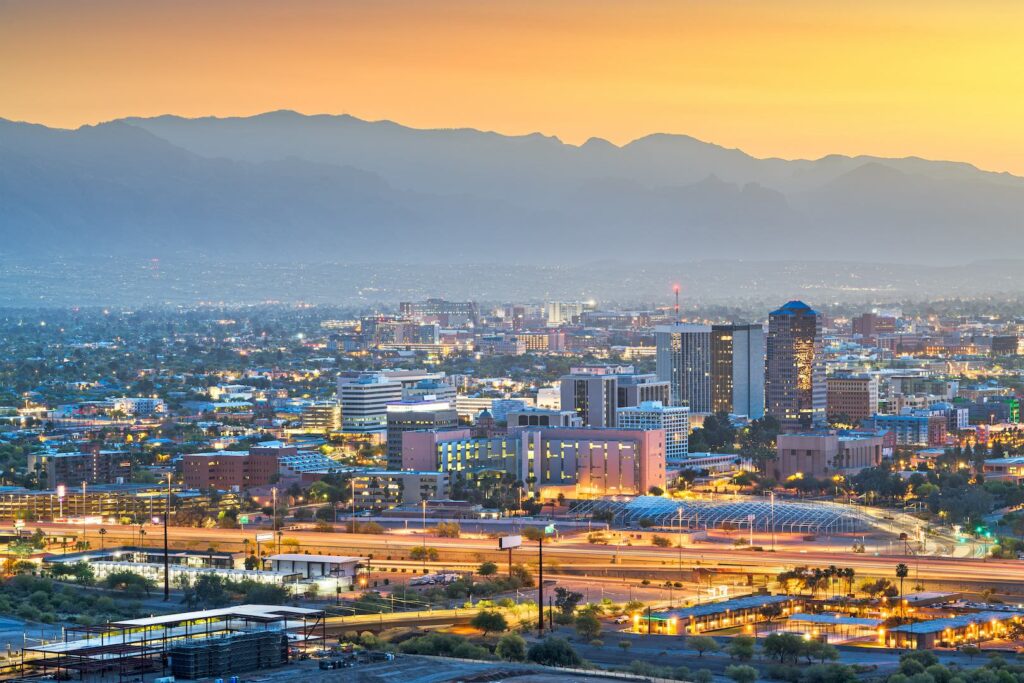Most people believe bigger is always better, but when it comes to land, that’s not always the case. Lot size is only one of the many factors taken into consideration when selling and purchasing land.
Usable Land vs. Unusable Land
For as long as I’ve been selling vacant land in Tucson, this discussion comes up again and again. My thoughts about this have always tended towards the distinction between the amount of usable land and unusable land in a parcel rather than the difference in the gross size of two parcels. Let’s explore this a little deeper.
Analyzing Land Lots
Assume that we have two parcels of land with many comparable characteristics such as: views, location, topography, legal and physical access, vegetation, utility availability, and school district. The main difference of these vacant parcels appears to be that one is 4.5 acres and the other is only 2 acres. Common sense would indicate that the larger of the two is significantly more valuable than the smaller and should be listed higher and sell for more money. Right? Not so fast. Let’s look a little deeper.
A host of factors could be present on the larger parcel that make it impractical or impossible for a buyer to actually build on. Thus, although the 4.5-acre parcel is more than twice the size of the other, the usable portion is actually smaller than the 2-acre parcel.
What Conditions Cause Unusable Land?
Consider a parcel that has a large vein of rock outcrops running through it. Boulders and surface granite across the property make building a foundation extremely difficult. Some parcels have a driveway easement to a neighboring parcel, which creates an “island area” of the lot that can no longer be used. Other parcels have overhead power, telephone, or cable lines traversing a portion of the land, which makes for undesirable building.
Small arroyos or drainage areas (not serious enough to be regulated washes) can make land lots semi-unusable, requiring additional engineering and re-routing to make a significant portion of the lot impractical to use. A private deed restriction on a lot by a previous owner who wants to keep the land in its natural condition creates a substantial “no build” area. Another lot may have a designated building envelope that requires all improvements to be within that specific area.
These are just a few examples of real life conditions that may limit the usability of a parcel, making it less desirable and valuable than a similar, smaller parcel that is not encumbered with unusable land conditions.
In comparing vacant land parcels of varying size that appear to be similar, be sure to take a deeper look and determine which one has the most usable area. That’s the one I would choose. I’m Rick Sack, and I can help you with your land lots needs. Contact me today!



